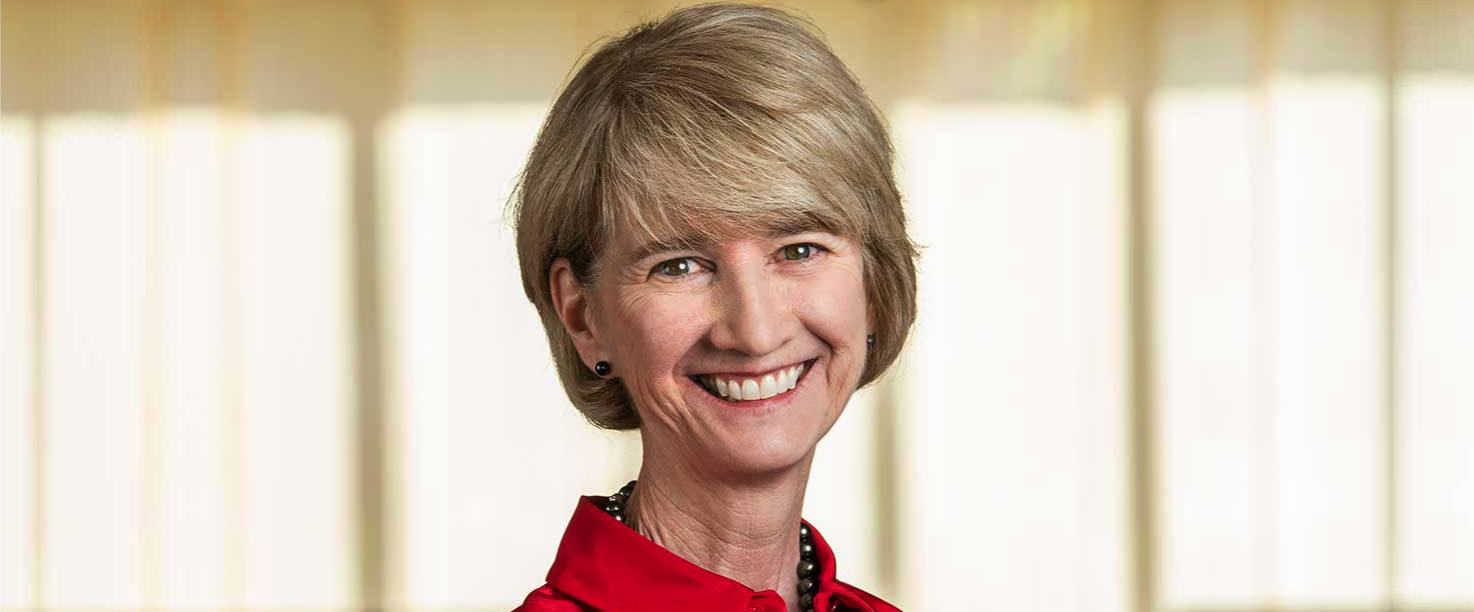IEEE Volunteer Kristina Johnson | This year’s IEEE Mildred Dresselhaus Medal recipient, discusses her goals for the school
THE INSTITUTE Kristina M. Johnson has broken through barriers during her career. She became the first female dean of Duke University’s engineering school, the first female provost at Johns Hopkins University, and the first woman to receive the John Fritz Medal—in 2008—from the American Association of Engineering Societies.
This year the IEEE Fellow added another distinction: first recipient of the IEEE Mildred Dresselhaus Medal. Johnson received the recognition “for leadership and technical contributions spanning academia, government, and business.” The Dresselhaus Medal, introduced last year, recognizes outstanding technical contributions in science and engineering of great impact to IEEE fields of interest. It is sponsored by Google.
Dresselhaus, like Johnson, had a few firsts in her career. The life Fellow, who was a pioneer of the electronic properties of materials, in 2015 became the first woman to receive the IEEE Medal of Honor.
Johnson is an expert in photonics, specializing in optoelectronic processing systems. She holds more than 100 U.S. and international patents in the field.
She also founded several companies, but Johnson, who is president of the Ohio State University, in Columbus, says her true passion is academia.
“I just love teaching,” she says. “Seeing the light bulb go off in students’ heads is super exciting.”
She is an advocate for having a diverse faculty and student body, erasing student debt, and increasing interdisciplinary research.
MAKING HER MARK
Johnson grew up in Denver in a family of seven. When her older siblings were doing algebra homework, they would teach her how to do math, Johnson says: “It was really fun to learn [algebra] when I was a preschooler. I loved it.”
Johnson went on to earn bachelor’s, master’s, and doctoral degrees—all in electrical engineering—at Stanford.
She began her academic career in 1985 at the University of Colorado at Boulder as an assistant professor of electrical and computer engineering. She was the university’s first female tenure-track faculty member.
While there she made sure to make her mark. In 1987 she and engineering professor W. Thomas Cathey, who died in 2016, received a U.S. National Science Foundation grant to establish the Engineering Research Center for optoelectronic computing systems at the University of Colorado and Colorado State University, in Fort Collins. The center focuses on creating optoelectronic devices and systems for computing signal processing and artificial intelligence. In its cross-disciplinary environment, students and professors collaborate with faculty from chemistry, mathematics, physics, and other fields.
It was at the engineering center that she and a team of researchers and graduate students developed the technology behind the RealD 3D projection system, which has been used in more than 300 movies including Avatar. RealD uses stereoscopic projection technology and polarization optics to create three-dimensional images.
Her work at the engineering center reinforced her commitment to increasing cross-disciplinary research in academia. It was a point of focus when in 1999 she became dean of the Pratt School of Engineering at Duke, in Durham, N.C.
While at Duke, Johnson tripled research funding and increased the university’s endowment tenfold. Some of the money was used to establish the Fitzpatrick Center for Interdisciplinary Engineering, Medicine, and Applied Sciences. The center supports cross-disciplinary research in bioengineering, communications, materials science, materials engineering, and photonics.
“When you take on really big problems that are important to society, they’re going to require understanding from multiple disciplines,” she says.
During her time at Duke, she increased the percentage of women faculty from 6 percent to 19 percent, according to her Ohio State biography.
“I love engineering, and I want everybody to be an engineer,” Johnson says. “We should be welcoming to anyone and everyone and ensure that anybody can maximize their inherent talent.”
She took her desire to advance cross-disciplinary research and diversity with her when she moved to Baltimore in 2007 to become provost and senior vice president at Johns Hopkins, and to the State University of New York, where she became chancellor in 2017.
Johnson launched Promoting Recruiting Opportunity, Diversity, Inclusion, and Growth, a SUNY program that aims to increase the number of faculty members from underrepresented groups and female teachers in STEM fields at the university’s 64 campuses.
Another initiative, SUNY Achieve, increased the graduation rate at the system’s two-year community colleges by 22 percent, according to Johnson’s biography.
Johnson was appointed president of Ohio State in June. While aiming to increase diversity and cross-disciplinary research at the university, she hopes to improve academic performance and reduce student debt.
“Dr. Johnson is committed to increasing the diversity on campus—not just racially but schools of thought,” Janice M. Bonsu, a fourth-year medical student at Ohio State told the university’s newspaper, The Lantern, in June.
Go to IEEE The Institute to read the complete article.







